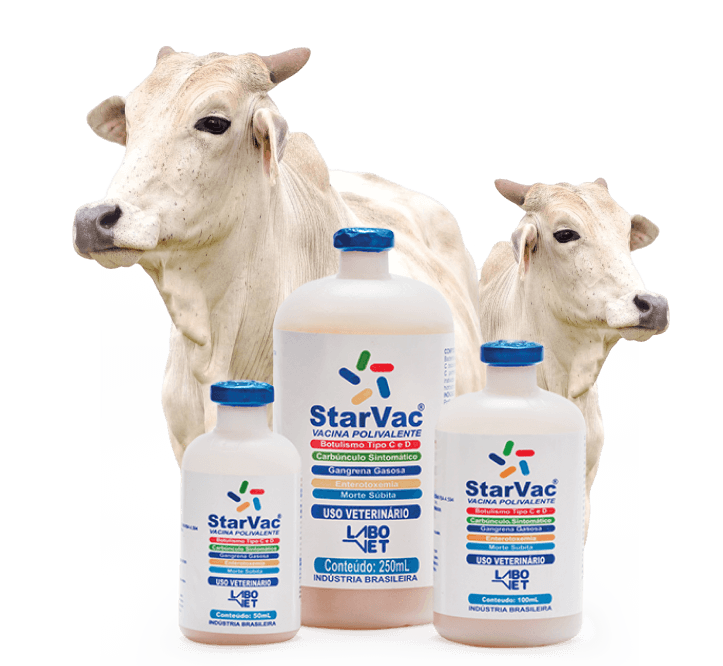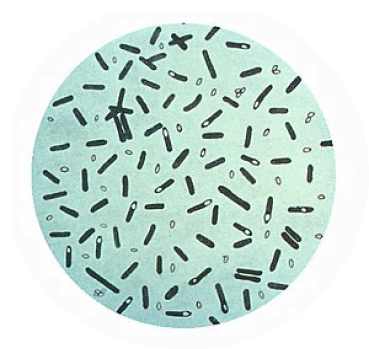Enterotoxemia
It is a clostridiosis classified as enteric, caused by Clostridium perfringens type B, C and D and occurs in sheep, goats and cattle. The bacteria are anaerobic, gram-positive and easily permanant in nature, soil and the intestinal tract of animals. They usually affect animals between three days and six months of age.
CONTAMINATION: The bacteria contaminates the animal through the oral route. Clostridium types B and D have the highest lethality rates, as they produce the epsilon toxin, one of the most potent toxin of microbial origin. Clostridium type C produces beta toxin.

- CLICK ON THE BUTTONS BELOW AND SEE MORE ABOUT OTHER DISEASES
DIAGNOSIS: The diagnosis and the classification process are important in the adoption of strategies to fight and control the disease, since some types are more lethal than others.
SYMPTOMATOLOGY: Regarding symptoms, infected animals may present: alteration in the motility of the gastrointestinal tract, fluid stools, ataxia, blindness, neurological damage, opisthotonos and seizures.

